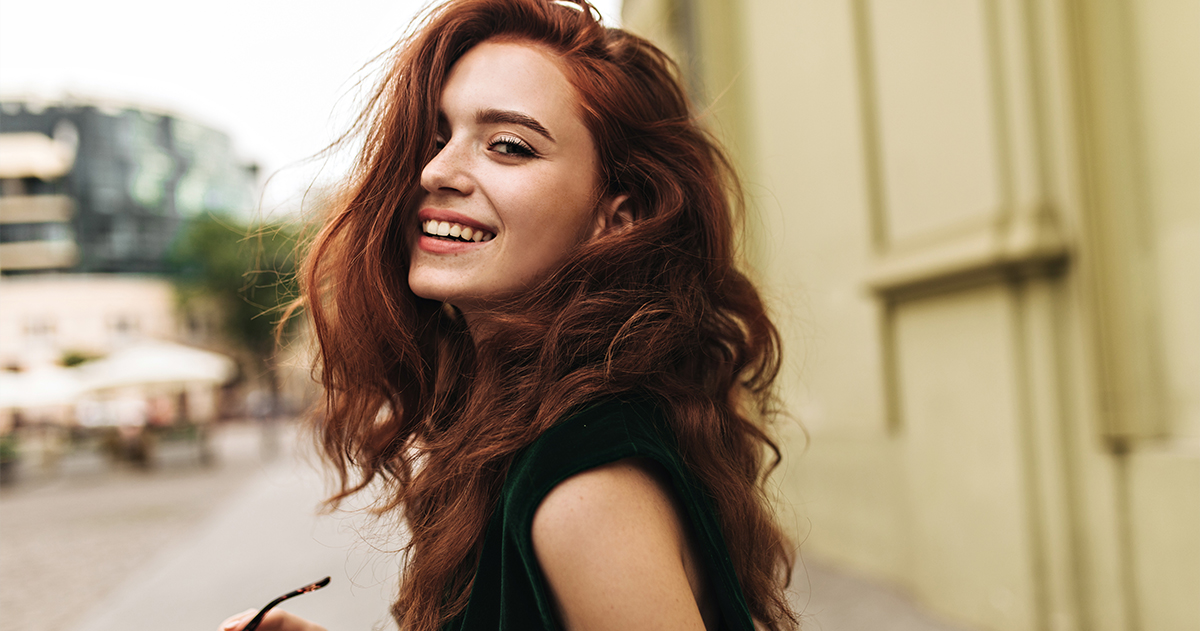
1. Celebrating Diversity:
Beauty comes in all shapes, sizes, colors, and identities. Embracing diversity means celebrating the unique characteristics and experiences that make each person beautiful and valuable. By showcasing a diverse range of faces, bodies, and backgrounds, the beauty industry can send a powerful message of inclusivity and acceptance.
2. Representation Matters:
Representation matters in the media and advertising, as it shapes our perceptions of beauty and self-worth. When individuals see themselves reflected in beauty campaigns, they feel validated and empowered. By featuring models and influencers of different ethnicities, ages, genders, abilities, and body types, brands can help promote a more inclusive and equitable vision of beauty.
3. Challenging Stereotypes:
Breaking down beauty standards involves challenging harmful stereotypes and assumptions about what it means to be beautiful. By highlighting diverse representations of beauty, the beauty industry can challenge ingrained biases and expand our understanding of beauty beyond narrow, Eurocentric ideals. This can help promote greater acceptance and appreciation for all types of beauty.
4. Empowering Consumers:
Inclusivity in the beauty industry empowers consumers to embrace their unique identities and express themselves authentically. When individuals see diverse representations of beauty, they feel empowered to experiment with different styles, looks, and products that reflect their individuality. This fosters a moreinclusive and accepting beauty culture that celebrates diversity rather than conformity.
5. Driving Innovation:
Embracing diversity in the beauty industry fosters creativity and innovation. By tapping into a broader range of perspectives and experiences, brands can develop products and campaigns that resonate with a more diverse audience. This can lead to greater market success and customer loyalty, as consumers seek out brands that reflect their values and identities.
6. Promoting Self-Acceptance:
When individuals see themselves represented in the media and advertising, they are more likely to feel accepted and valued for who they are. By promoting diverse representations of beauty, the beauty industry can help promote self-acceptance and positive body image, leading to greater overall wellbeing and confidence.
7. Social Responsibility:
As influencers in popular culture, beauty brands have a social responsibility to promote diversity, inclusion, and social justice. By actively working to break down beauty standards and challenge systemic inequalities, brands can contribute to positive social change and create a more equitable and inclusive society.
In conclusion, breaking down beauty standards and embracing diversity in the beauty industry is not only the right thing to do but also makes good business sense. By promoting inclusivity, representation, and self-acceptance, the beauty industry can help create a more diverse, equitable, and accepting world for all.